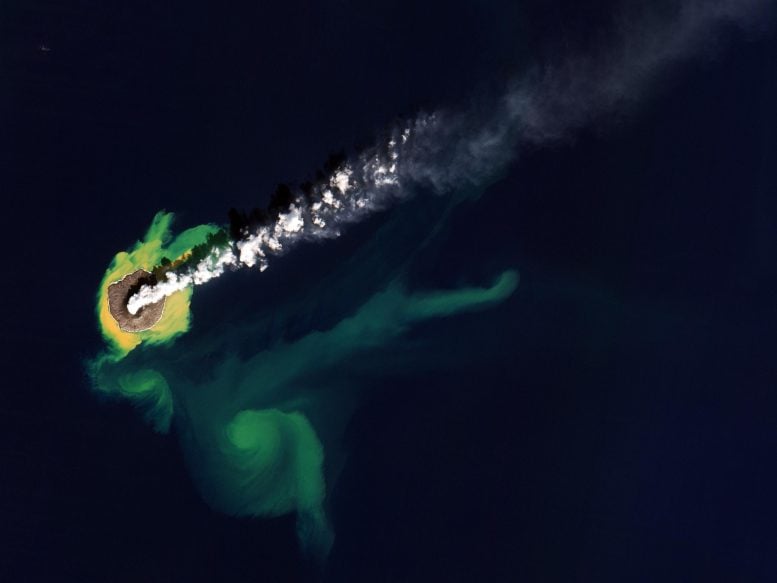
This Copernicus Sentinel-2 satellite image features the Japanese island of Nishinoshima. This small uninhabited volcanic island is located in the northwest Pacific Ocean, approximately 1000 km south of Tokyo. Nishinoshima has experienced alternating periods of explosive activity and calm since 1974, leading to the island’s growth. Credit: Contains modified Copernicus Sentinel data (2021), processed by ESA, CC BY-SA 3.0 IGO
Nishinoshima is a volcanic island in the northwest Pacific Ocean that has experienced growth due to volcanic activity. Satellite data is used to study volcanic activity and provide early warnings to the aviation industry.
This satellite image from the Copernicus Sentinel-2 mission features the Japanese island of Nishinoshima, in the northwest Pacific Ocean.
One of the Ogasawara Islands, Nishinoshima is a small uninhabited volcanic island roughly 1000 km south of Tokyo. Volcanic activity along the western edge of the Pacific Ring of Fire gave rise to this island, which is in fact the tip of a submerged volcano.
Until 1974, only a part of the ridge of the otherwise submerged caldera was visible, and the island was about 700 m long and 200 m wide. Since then, Nishinoshima has experienced alternating periods of explosive activity and calm, but lava from various eruptions over the years has led to the island growing bigger.
This image was acquired in January 2021 and here the island is around 2.3 km in the north-south direction and 2 km in the east-west direction.
The yellowish discoloration of the water around the island is due to volcanic minerals, gas, and seafloor sediment that is being stirred up by the volcanic activity. It stretches for about 10 km to the southeast, where ocean currents turn it into bright green swirls.
A plume of gas and steam can be seen rising from the volcano and drifting northeast over the Pacific Ocean. As the plume rises higher, the steam condenses and forms clouds.
Volcanic plumes are of particular concern to the airline industry because ash can contaminate oxygen supplies and damage jet engines. Atmospheric sensors on satellites can identify the gases and aerosols released by eruptions, quantify their wider environmental impact, and can help provide early warnings to the aviation industry.
Satellite data can also be used to better understand volcanic activity. Optical and radar instruments can image lava flows, mudslides, ground fissures, and earthquakes, and be used to assess damage.

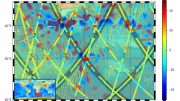
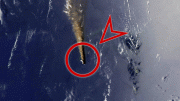
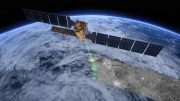
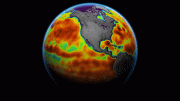

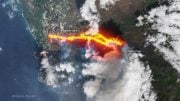
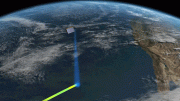
Be the first to comment on "Nishinoshima, Japan: Satellite Captures a Fiery Island’s Explosive Growth"